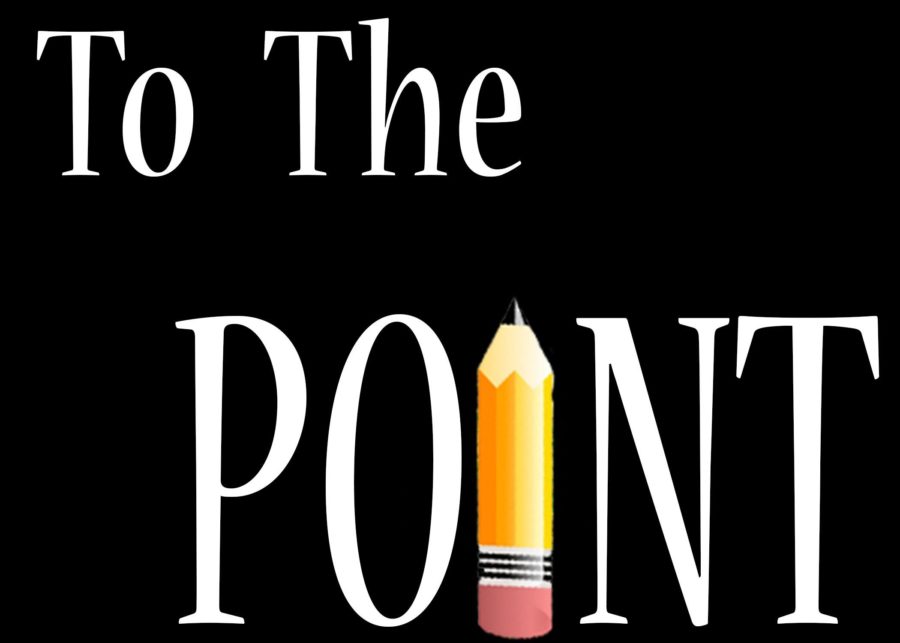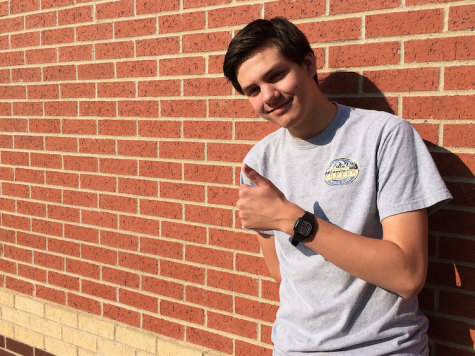Flipped classrooms aid some students
November 13, 2014
This year, more teachers than ever before have switched to a class set-up commonly known as flipped classroom, where students watch notes videos for homework and then do book work in class.
I love a flipped classroom. I learn better when I get to teach myself the skills I need and make sense of them on my own. My grades are noticeably better in Physics and Calculus (my only classes that are flipped) than classes where the material is acquired in class.
I think the notes videos are an incredible idea. They save time for teachers, because they do not have to stand and give a lecture every day, and they create a system where you can complete the notes videos at a time that’s convenient for you, so long as you do it at some point during that day.
However, I have a problem with the fact that a few teachers, according to both my own experience and that of my friends, take these videos and just play them in class for their students. I could be doing that at home, then coming to class and asking questions about things I don’t understand and diving deeper into the material. To me, playing a notes video during class is a lot like giving your students busy work so you can have a day off. While I understand that sometimes teachers need extra time to spend grading, preparing lessons, or even to get a break from their students, it becomes a problem when the students are itching for their teacher to make things interesting for them. Change things up. Get your students interested by teaching an intriguing, hands-on lesson. Make them want to learn more.
Some of the best teachers I’ve ever had participated in flipped classroom, but sometimes, even the best teacher can’t make a system like that work for a student who doesn’t learn that way.
According to Learning-styles-online.com, there are seven distinct learning styles that most students fall into: Visual, Aural, Verbal, Physical, Logical, Social, or Solitary Learning. These different learning styles require different teaching methods in order to get the most out of the content being taught.
Visual or spatial learners use images, pictures, colors, and other visual aspects to help them learn. They need to be able to associate images, such as pictures and graphs with the concepts they’re learning.
Aural (auditory) learners use sound, rhyme, and music in their learning. They create acronyms and mnemonics to help them recall information more easily. Teaching these learners usually requires a noise to accompany topics, or various acronyms (such as the famous ROY G. BIV to memorize the colors of the rainbow) to allow for the topics they are learning to stick in the students’ brains.
Verbal or linguistic learners are your standard “take notes on the lecture” student. This student excels in hearing information and being able to learn it through talking it out or writing it down. Most teachers, especially in college, use this method to teach their students, even though the majority of people are not verbal learners. In fact, only 7 percent of people are verbal learners.





Weston Haas • Dec 4, 2014 at 9:04 am
Flipped Classrooms = Bad